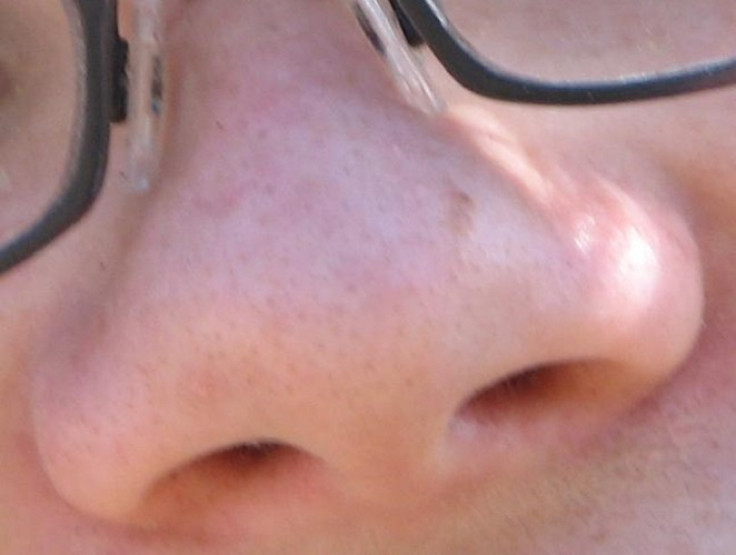Noses at the Ready: Humans Can Distinguish Over a Trillion Smells

Humans can distinguish over a trillion different smells, not 10,000 as was previously estimated.
Scientists at the Howard Hughes Medical Institute in Maryland have found out we are far more keen-nosed than was believed after studying our ability to recognise odours that had been mixed in a laboratory.
Since the 1920s, scientists said we could only recognise around 10,000 odours. Leslie Vosshall, HHMI investigator, said: "Our analysis shows that the human capacity for discriminating smells is much larger than anyone anticipated."
"With a sensory system that is that complex, we are fully ready for anything."
"I hope our paper will overturn this terrible reputation that humans have for not being good smellers. Objectively, everybody should have known that that 10,000 number had to be wrong.
"We know exactly the range of sound frequencies that people can hear, not because someone made it up, but because it was tested. We didn't just make up the fact that humans can't see infrared or ultraviolet light. Somebody took the time to test it. For smell, nobody ever took the time to test."
The researchers hypothesised that humans could not be limited to smelling just 10,000 scents as it does not make sense that we can detect fewer smells than colours – humans can identify around 10 million colours.
"With a sensory system that is that complex, we are fully ready for anything."
Study leader Leslie Vosshall
The team, working in a laboratory at Rockefeller University, presented their research subjects with complex mixtures of different odours and asked them to tell them apart.
In total, the team used 128 different smell molecules to create the odours, including grass, citrus and chemicals. When combined, the smells became unfamiliar. The team presented participants with three smells at a time, with two being the same and one different. They were asked to identify the odd one out.
"We didn't want them to be explicitly recognisable, so most of our mixtures were pretty nasty and weird. We wanted people to pay attention to 'here's this really complex thing – can I pick another complex thing as being different?'"
The researchers looked at how often participants correctly identified the rogue smell and from there, established how many different smells the average person could recognise if presented with all the possible mixtures.
"We were all surprised at how ridiculously high even the most conservative lower estimate is," Vosshall said. "But there are many more than 128 odorants, so the actual number will be much, much bigger."
"I like to think that it's incredibly useful to have that capacity, because the world is always changing. Plants are evolving new smells. Perfume companies are making new scents. You might move to some part of the world where you've never encountered the fruits and vegetables and flowers that grow there. But your nose is ready.
"With a sensory system that is that complex, we are fully ready for anything," she says.
© Copyright IBTimes 2024. All rights reserved.






